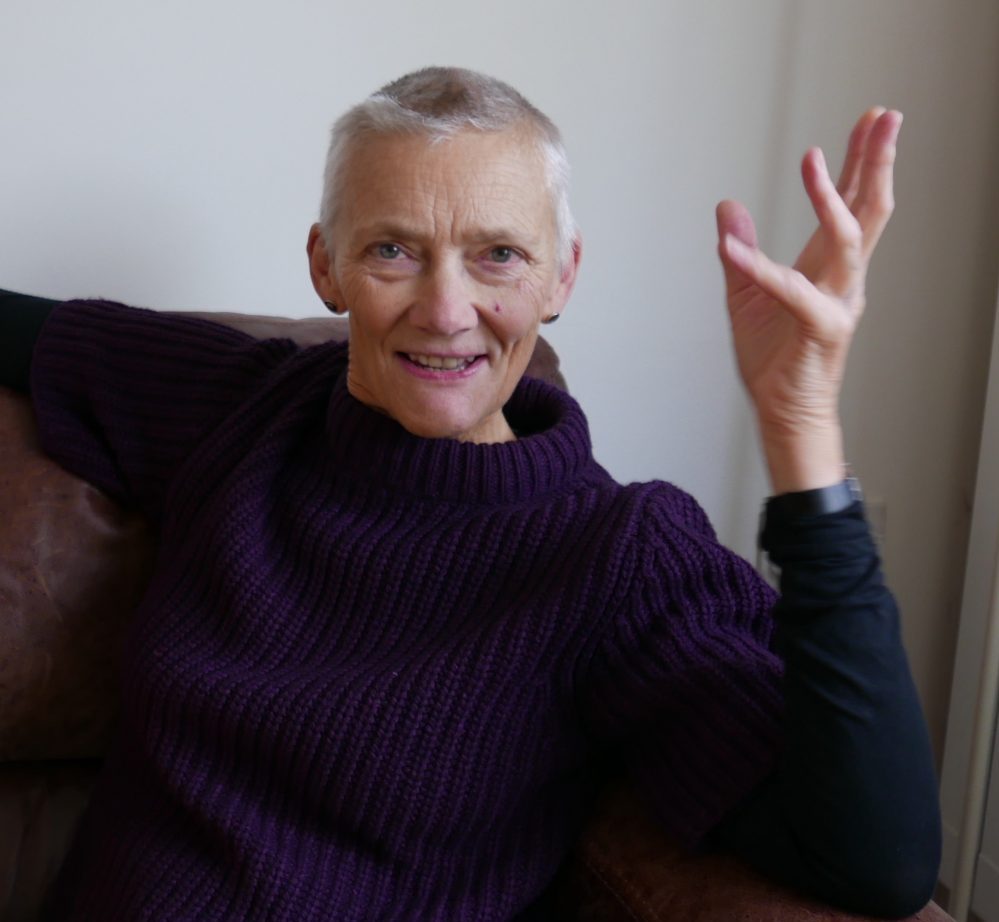Sun 27 Nov 2022, 1pm
No format gallery
Second Floor Studios & Arts
Studio AL11
Moulding Lane, Deptford SE14 6BN
See map
1-3pm
Vegan lunch provided
Taking a bow
A bow at the end of a performance is a liminal act, a ritualised gesture used to signal an end and the transformation from a performer or character who has demanded to be seen to a person who is grateful for the attention that has been paid to them. It’s also a way of thanking an audience for temporarily collectively participating in the suspension of certain codes of behaviour and belief. Bowing is called into action by applause and in turn the bowing causes more clapping, each trying to judge how long these reciprocal gestural acts of gratitude should properly continue. Burt O States, in his essay Phenomenology of the Curtain Call (1981), claims that the importance of the bowing and clapping lies less in the acts themselves but in how they function as a seam between temporalities and presences, between the fictive realm of pretending and the supposedly non-fictive world outside of the theatre:
“The curtain call belongs most broadly to the tradition of the parting, the introduction of the speaker, the invocation, and the recessional – in other words, to the whole realm of formal beginnings and endings whereby we punctuate the events of social life and rescue them from the indifferent drift of time.”
In this conversation Emilyn and Martin will consider these symbolic functions of the bow, as ending, as punctuation, as transformation, but they will also linger in the bow itself and how it embodies economies of power, submission and domination, humility and acquiescence, respect and shame. To bow out means that you can read a room and leave with some form of dignity but what if taking the bow is a way of welcoming the shame of having pretended to be not quite real. What if inclining the head and dipping the body are not only a minor gesture that delivers us back to normality but can be thought about through queer strategies of refusing to return to the upright, the straight, the untheatrical? Can the bow be embraced as a falling into the in between spaces and times that performance opens up?
Emilyn Claid

Emilyn Claid’s career stretches back to the 1960s when she was a ballet dancer with the National Ballet of Canada and the 1970s when she was co-founder of X6 Dance Space in London. In the 1980s she was artistic director of Extemporary Dance Theatre and in the 1990s worked as an independent dance artist, creating a range of Arts Council funded touring performances. Emilyn has choreographed for companies such as Phoenix Dance Company and CandoCo Dance Company and has led performance research projects in places such as Auckland, Hong Kong, Singapore, Berlin, Helsinki and Beirut. In 1997 she was awarded a PhD and since 2003 Emilyn has worked as a professor at Dartington College of Arts and at University of Roehampton. In 2020 she resigned from the arena of academia to continue her free-lance career as dance artist, performance maker and psychotherapist. FALLING through dance and life (Bloomsbury 2021) is her second book, the first being Yes? No! Maybe… (Routledge, 2006).
Making with Mess
My practice is one of living experience, as a queer woman intrigued with the bodily effects of laughter, failure and ageing. In performance-making environments these themes are explored through improvisational one-to-one and group scores. I might describe my practice as based in a kind of call and response, using gesture, speech and writing to evoke a jumble of stuff that exists in the arc between perception and interpretation. I seek to expand imaginations in this phenomenological space, to sense the impact of encounter, and as a consequence, to notice, unravel, and perhaps innovate, different responsive possibilities. The practice invites us to bring our entire human-ness – human mess – to listen, sense, confront and interact.
Underlying the practice is a sensing of body, gravity and ground, as environmental and self-support, as an undoing of the supremacy of verticality and as a foundation from which to meet each other with playful curiosity about difference.
My practice evolves through experiences as a dancer, teacher, performance-maker, writer and Gestalt psychotherapist. I explore the practice within dance and therapeutic settings, while also engaging with research that crosses between the two fields.
Laughter erupts between bodies as a shared gift, undoing the fixed sensibleness of an upright “I”.[1]
Martin Hargreaves

Martin Hargreaves is a dramaturg, writer, and performer and his interests vacillate between boredom and hysteria. His research areas are on the recent histories of contemporary dance, queer practices and camp misunderstandings. He has been a visiting lecturer at Stockholm University of the Arts since 2013 and a member of their Artistic Research Advisory Board since 2019. Martin started teaching at London Contemporary Dance School in 2016 and began his current role as the Director of Research and Postgraduate Programmes last year. In 2003 he was awarded a PhD for his thesis ‘Performativity, Spectrality, Hysteria’ and much of his subsequent practice has loitered around these lenses. From 2003 to 2013 he was the Editor of Dance Theatre Journal and from 2015 to 2017 was Guest Dramaturg in Residence at South East Dance. Martin is a Trustee of Dance Art Foundation and Siobhan Davies Studios. Recently he’s performed for Boris Charmatz, Joan Jonas and Pablo Bronstein, co-edited a monograph of Kira O’Reilly’s work and worked as a dramaturg for Joe Moran, H2DANCE, Marikiscrycrycry, Nicola Conibere and Samir Kennedy.